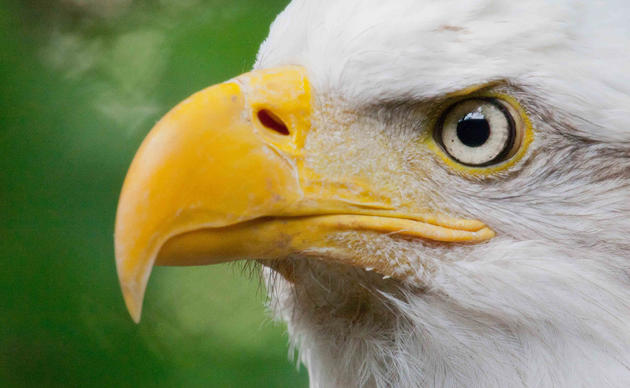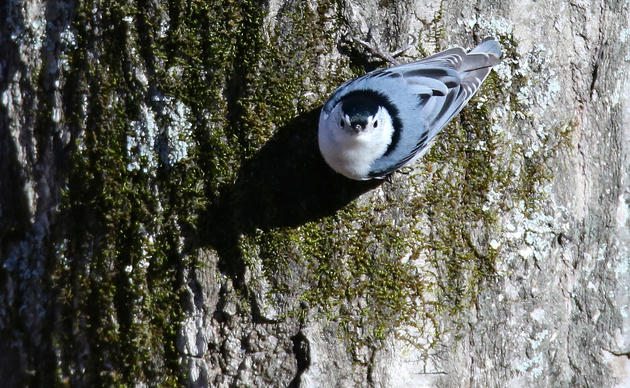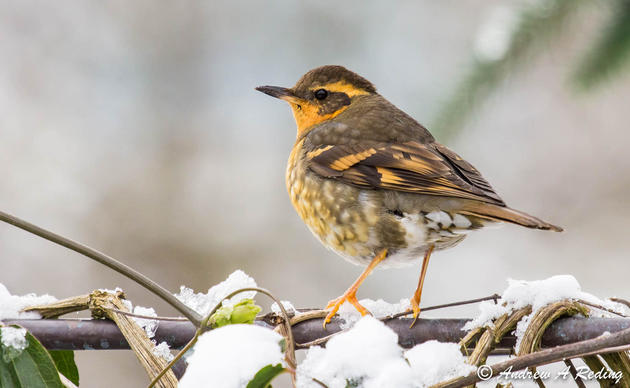2021 Conservation and Policy Initiatives
WHAT’S AT STAKE
Seabirds and shorebirds are declining worldwide and ecosystem changes associated with climate change further threaten their food and habitat resources.
Puget Sound and the greater Salish Sea serve as a critical link in the annual cycle of many marine and coastal birds, yet habitat is limited. Puget Sound lost nearly 80% of its tidal wetlands to agricultural conversion during the 1900s. Today, habitat degradation continues to outpace restoration, and projected population growth will continue to put pressure on our coastal systems.
Audubon is building the science foundation, grassroots capacity, and political support to drive investment in conservation outcomes for birds and other species in Puget Sound.
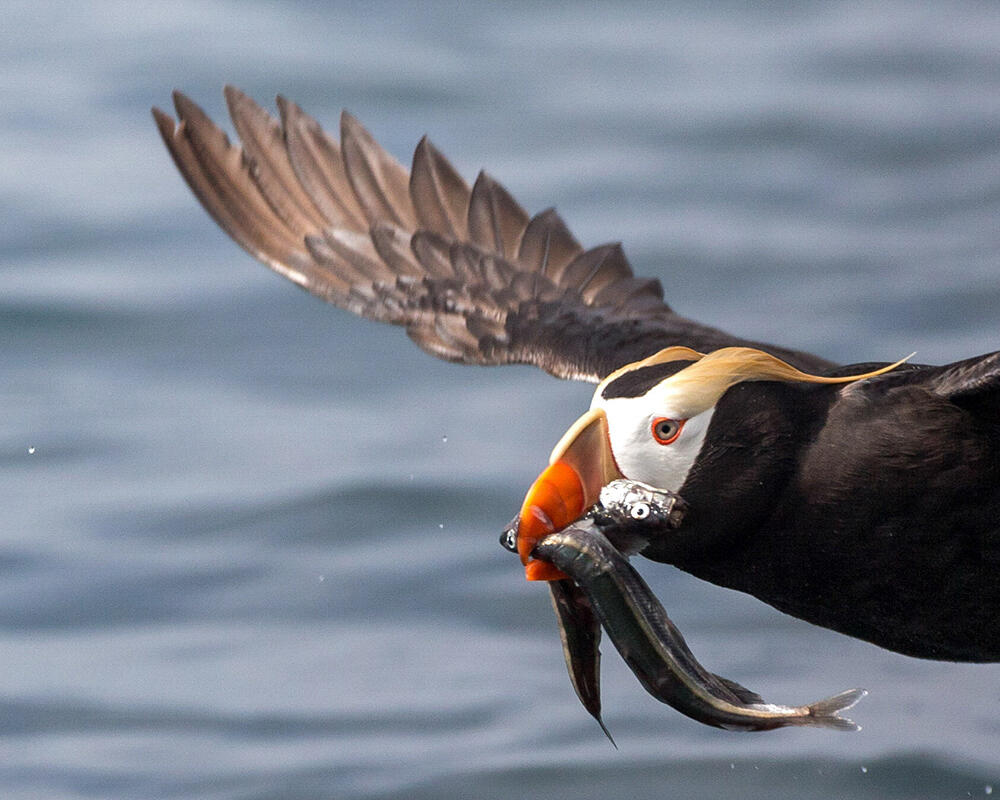
PUGET SOUND CONSERVATION BLUEPRINT
The Puget Sound Conservation Blueprint is a first of its kind conservation decision-support tool for bird conservation in Puget Sound. We combined spatial information on priority bird and habitat occurrence, with regional information such as nearshore habitat condition and coastal resilience, as well as ecosystem values like forage fish spawning areas. Recognizing that improvements in environmental quality benefit human health, we also included information about socially vulnerable populations. We are using the Blueprint to identify priority areas for conservation so that we can take action for birds and people.
In 2021 Audubon is developing and supporting projects that deliver multi-benefit conservation outcomes for birds and other species. We are working with local Audubon chapters, partners and Tribes in the Stillaguamish River Estuary and Eld/Totten Inlets to enhance and accelerate habitat conservation projects on the ground.
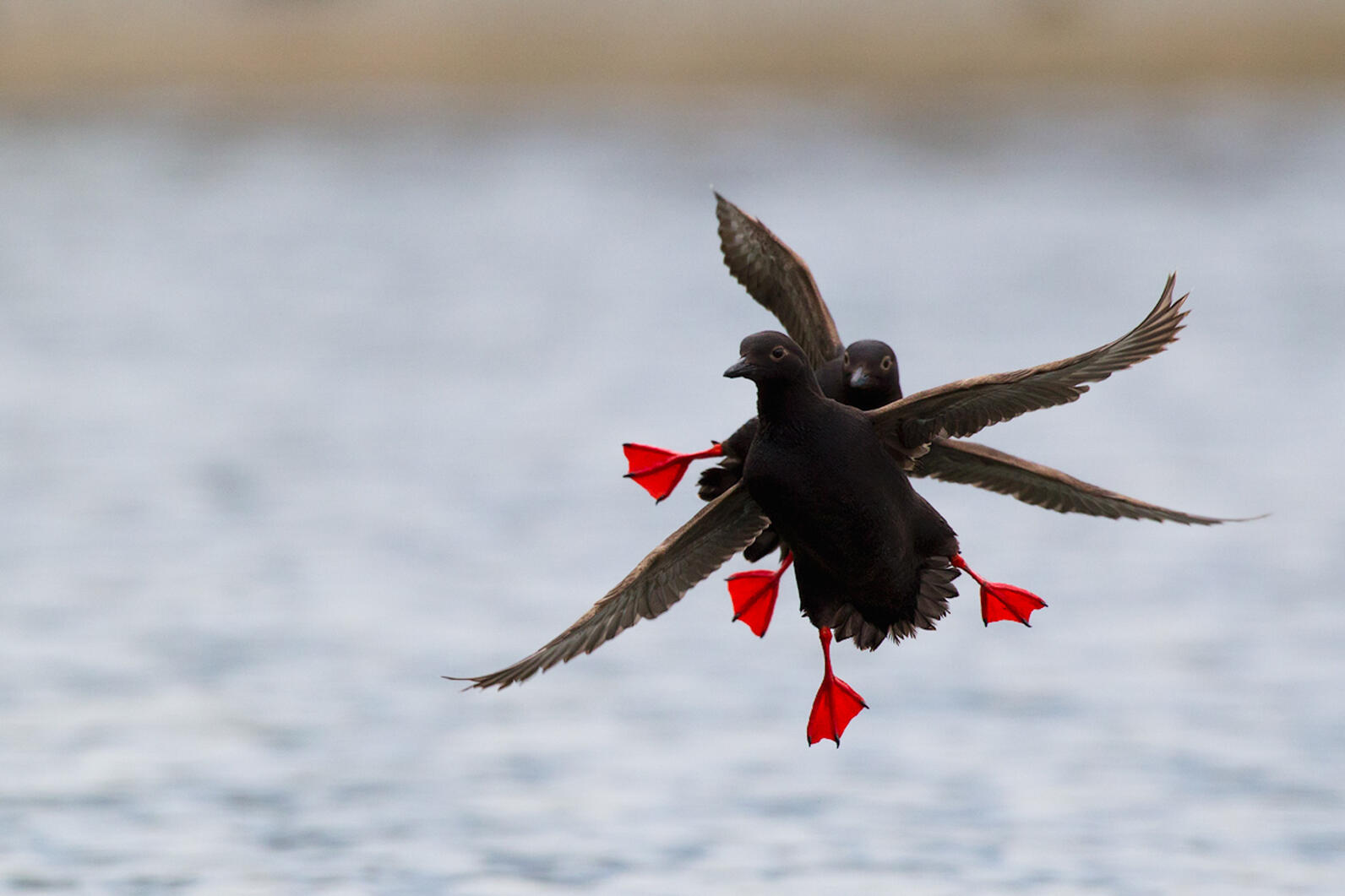
POLICY PRIORITIES
Habitat: Investments in conservation funding create jobs and support ecosystem health and human wellbeing. For birds, salmon, and Orcas to thrive in a changing climate, we need to fully fund habitat restoration and acquisition programs. Audubon is advocating for robust funding of state grant programs (e.g., PSAR, ESRP) and coordinating with our D.C. office secure federal stimulus dollars for Puget Sound.
Food: The increased frequency of seabird die-offs is a troubling indicator that forage fish prey are lacking. Audubon is spearheading an assessment of Washington’s fisheries management plans to determine if and how the plans can be strengthened through legislative or administrative updates. We’re also working with our D.C. office to enact bird-friendly amendments to federal fisheries policy.
Climate Resilience: Planning for climate change is necessary to ensure thriving bird populations exist for generations to come. Audubon is advocating that local counties plan for climate resilience under our state’s Growth Management Act. Natural solutions for mitigating and adapting to a changing climate can make our communities – human and avian - more resilient.


